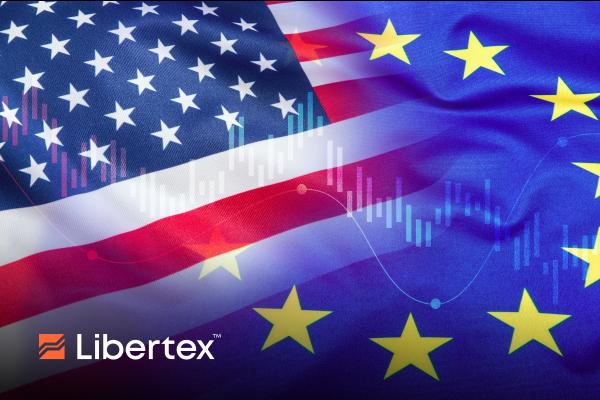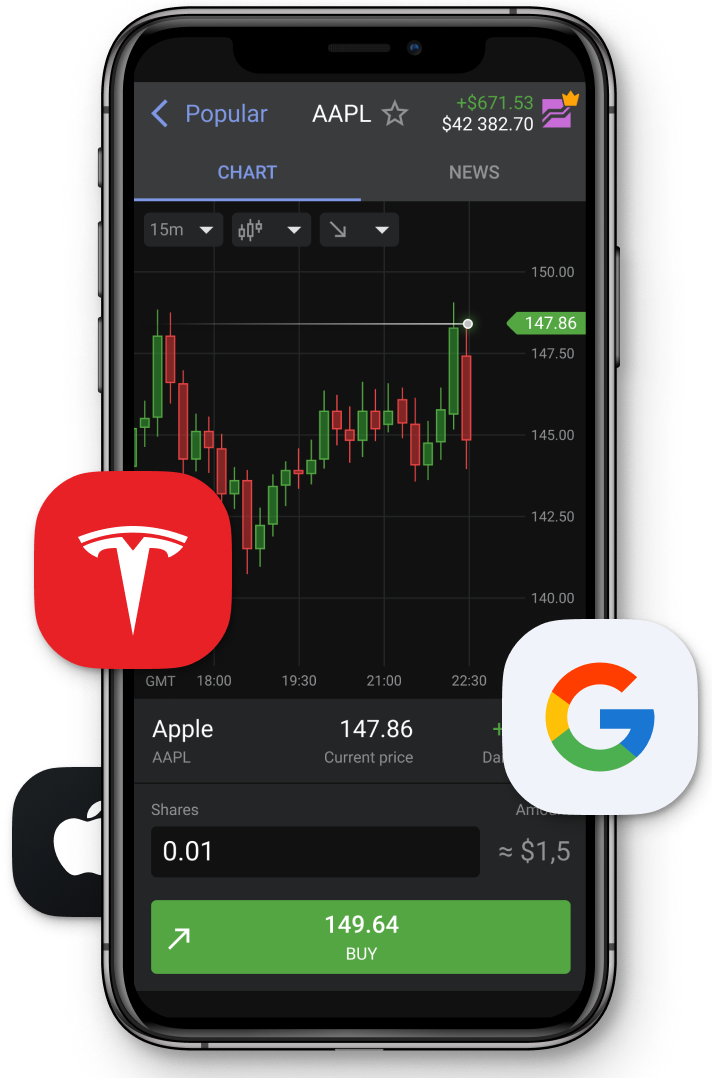With the summer holiday season in full swing, currency exchange rates are at the forefront of many ordinary people's minds. However, forex is also a major focus of interest for investors at the moment. Following the historic euro-USD parity achieved in October 2022, the greenback has been in virtual freefall. From a peak of 1.03 to its current level of 0.86, USD has lost more than 15% against the single currency, which is a significant movement for currency markets. It's been a similar story for the GDP/USD pair, too, with sterling also making strong headway against the dollar.
There are multiple reasons for this, and it's unclear whether we've reached the floor just yet. Between trade uncertainty in the midst of aggressive tariff-touting by the US president, there's also escalating tensions in key oil-producing regions to contend with. And that's before we even consider shifting central bank policies and natural corrective market forces. In this piece, we'll look at all of these factors and more, as we attempt to work out where the forex market is headed in H2 2025.
Trading places
As China continues to challenge the US for economic supremacy, Donald Trump has decided, rightly or wrongly, that the best way to assert dominance is through a global trade war. After an initial trading of triple-digit tariff threats, the two nations entered serious negotiations. Despite a stall in the Stockholm talks on the point of Russian and Iranian oil use by Beijing, US Trade Secretary Scott Bessent has said that he believes that the two sides "have the makings of a deal". A Sino-US bilateral trade deal would, of course, supercharge international trade, and we'd be wise to expect the dollar, as the global currency of trade, to strengthen on increased liquidity.
Interestingly enough, however, the dollar rose sharply by more than 1% against the yen and gained on the announcement by Trump of 25% tariffs on Japan and South Korea. Meanwhile, trade talks with the European Union are still at somewhat of an impasse despite the agreement of a framework deal for a baseline tariff of 15% on EU goods and a pledge by the bloc to buy $750 billion of US energy products and invest an additional $600 billion in unspecified US projects. The EU has paused retaliatory tariffs for six months, but they officially remain in effect and could drive more EUR/USD movement.
Going soft
After one of the highest-rate periods in recent memory, it looks as if central banks are ready to shift to a more dovish policy. That's to the delight of ordinary consumers and businesses who have been punished by elevated interest payments for the past two years. The question now is how fast each of the major regulators will try to "normalise" rates, and how far they will cut. As we mentioned earlier, the dollar has already weakened massively against the euro and pound, but this could accelerate further if the Fed's monetary softening is too precipitous.
At its 30 July meeting, the US regulator voted to keep its key rate unchanged at 4.3% despite significant pressure from the Trump administration to cut. This should support the dollar against its major competitors, whose central banks have already begun their cutting cycle. The ECB, for instance, began its own policy pivot back in June 2024 with rates at 4%. The latest cut to 2% came at the regulator's June meeting, and is tipped to be their last for some time. The less laissez-faire Bank of England has maintained post-COVID-era rates above 4% but is now all but guaranteed to make a 25 bps cut to 4% at today's (7 August) meeting. While this is likely to buoy the dollar in the short term, the CME's FedWatch tool now has the likelihood of a 25 bps cut by the Fed in September at over 90%, which would probably see the greenback move to the downside.
Trade forex and more CFDs with Libertex
Libertex is a CFD broker offering trading in a wide range of underlying asset classes from stocks, commodities, and crypto to indices, options and, of course, forex. With Libertex, you can trade CFDs on EUR/USD, AUD/USD, GBP/USD and USD/JPY, not to mention the US Dollar Index itself. For more information or to create an account of your own, visit www.libertex.org/signup today!






